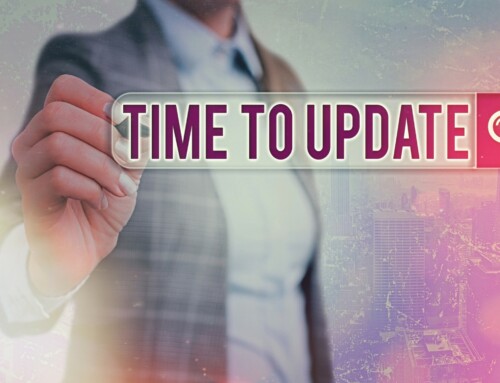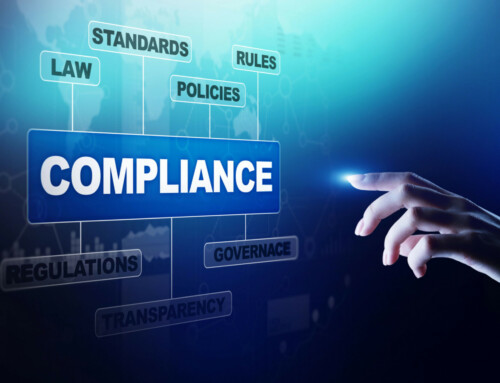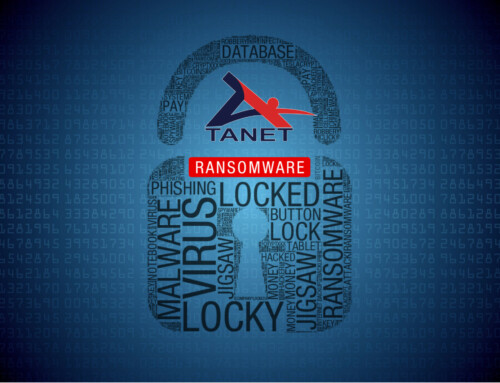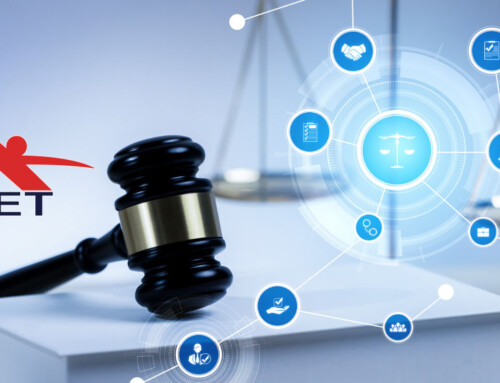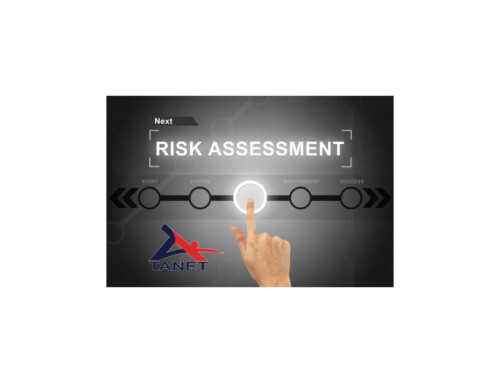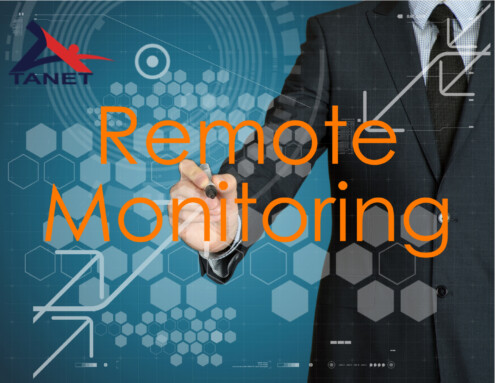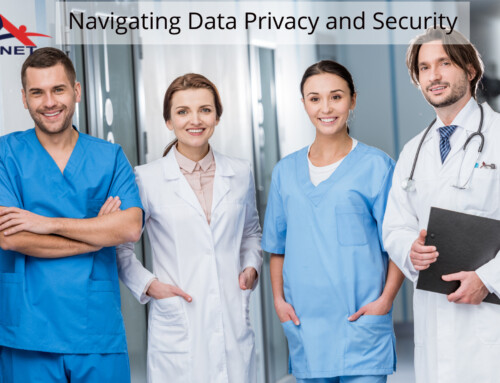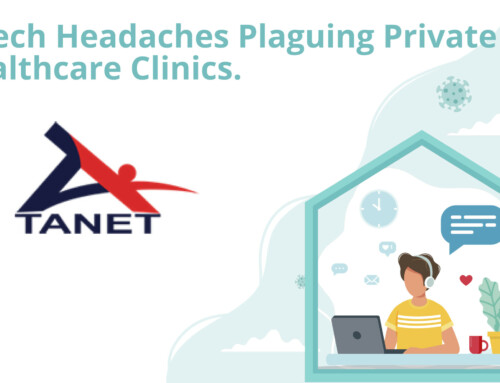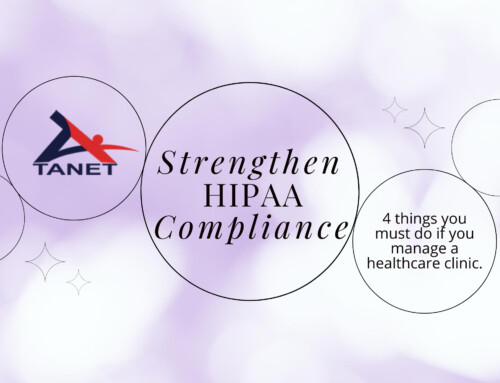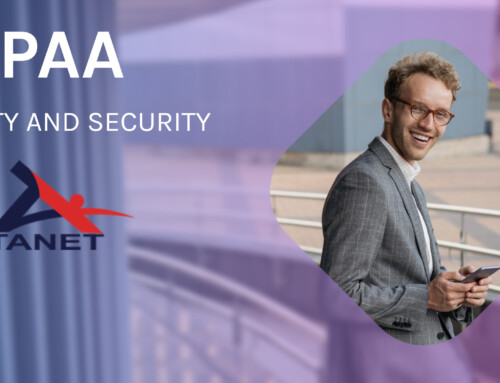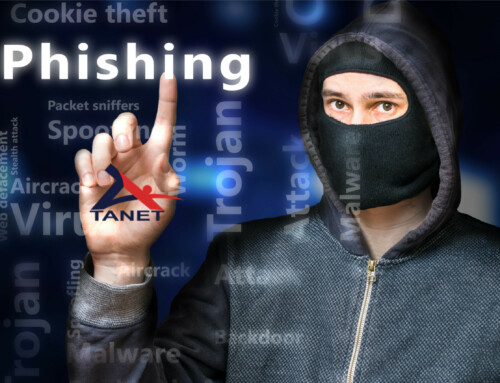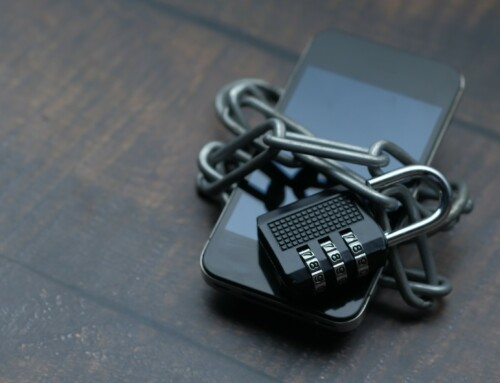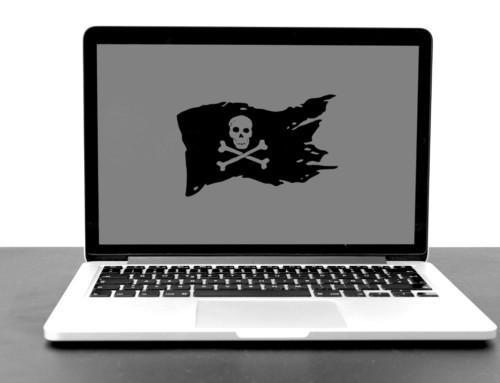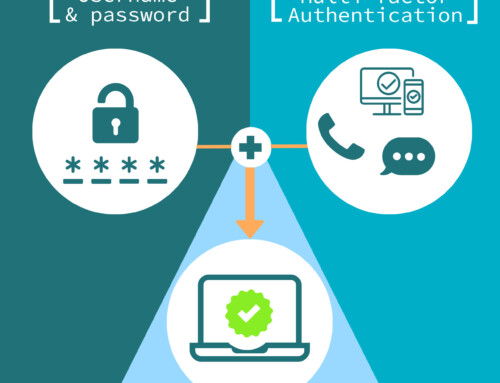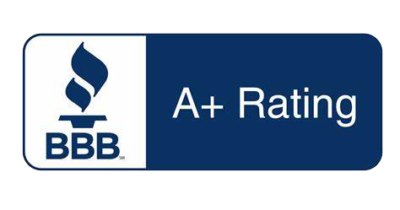Cyber security issues run rampant in today’s increasingly complex IT systems. In April 2021, Receivables Performance Management LLC (RPM) lost sensitive information, including names and social security numbers of over 3.7 million people. What followed was a heated lawsuit and thousands of dollars worth of settlements paid to the affected victims.
In the company’s notice of a data breach to the Maine Attorney General, the breach originated from a ransomware attack. This exposed the victims’ personal information to identity theft and unauthorized use. Unfortunately, this is not the only breach that’s been recorded. Similar incidents involving trojans, phishing, password attacks, and network breaches were reported at least 4,100 times in 2022, equating to billions of records lost.
By law, businesses have a responsibility to protect their IT infrastructure from malicious attacks, to say the least. And in this blog post, we’ve rounded up 5 powerful tips to protect your business from malicious hacker activity.
1. Invest in Seattle Cyber Security Training Programs for Your Employees
Without even knowing it, employees are one of the largest risk factors in cyber security – what we call insider threats. Every day, they interact with critical systems, collect and transmit sensitive customer data, and handle vital company secrets. Their actions can have a significant impact on the company’s cyber security status. In fact, recent research by Verizon reveals that a jaw-dropping 82% of breaches had a helping human element.
So, how are employees involved in data breaches?
- Having unauthorized access to sensitive user accounts.
- Engaging with deceptive phishing links and scams.
- Using poor passwords for a prolonged period of time.
- Leaving unattended workstations open and unsecured.
One of the best ways to resolve potential risks caused by the above is by enrolling your employees in training classes to learn the basics of cybersecurity. This may include the following:
- General cyber security awareness.
- Using stronger passwords.
- Spotting and reporting suspicious links, activity, or suspicious colleagues.
- Restricting browser activity with web filters to prevent access to malicious websites.
Consider investing in an employee training program quarterly. After all, your employees are an investment, and training them annually won’t cut it when it comes to counteracting the rapid evolution of cybersecurity threats.
2. Create a Backup for Crucial Company Information
While we cannot accurately predict what a full-scale breach will do to your IT infrastructure, we can affirm that creating and maintaining a regularly updated backup is a sure way to get things up and running in the event of a critical breach.
Essentially, businesses need backups to obtain the data that’s crucial to their operation in the event of a virus attack, hardware failure, and natural disaster.
Here are some important things to keep your backup safe from unauthorized access:
- Create your backup policy if you do not have one already.
- Always encrypt the data when transferring to an authorized party.
- Store your backup files on cloud storage that can only be accessed on a different network.
- Leverage secure delete utilities to permanently wipe records from the backup at the end of their lifecycle.
- Assess the vendor’s security measures.
A lot more goes into creating and managing your backup. No matter how secure your backup seems, it’s important to note that it may still contain vulnerabilities – which is why we strongly recommend leaving the task to a trustworthy Seattle cyber security services provider. At TANET, we deliver unbiased, managed on-premises and cloud backups protected by high-grade encryption (256 bit AES) – the most unbreakable encryption standard in existence.
3. Secure Your Networks and Wireless Routers

Network security covers a broad scope of activities, technologies, regulations, and policies for preventing unauthorized access to your computers and network-accessible resources. Network attacks target vital information on the company’s computers, although much more damage can be done by denying service, stealing or deleting customer information, or holding company secrets hostage with ransomware.
Securing a network starts with installing a high-end firewall, which is a worthwhile investment in the long run. Essentially, a firewall monitors incoming and outgoing network traffic. Think of a firewall as a “choke point” that filters and lets in the “good” traffic, and blocks the “bad” traffic through a set of programming parameters.
Apart from their tireless commitment to protecting the computers on the company’s network, firewalls also protect wireless routers and access points from malicious attacks. But most routers only offer basic firewall features, such as (traffic monitoring) via the pre-installed hardware-based firewall. To keep your network more secure, you can always go the extra mile and add a layer of protection with a software firewall.
Important: Always keep your firewall updated for protection against newly discovered vulnerabilities.
4. Add Multi-Factor Authentication
Nowadays, one authentication factor is never enough to guarantee that the person trying to gain access to an online account is who they say they are. Ironically, single-factor authentication is still widely used to get access to online services. As such, hackers are able to compromise user passwords and gain access to the company’s computers as “legitimate” users.
With multi-factor authentication, the user has to present two or more authentication factors; for instance, a password and a fingerprint or a key card followed by your pin. Multi-factor authentication factors are broken down into:
- Inherence factors
- Knowledge factors
- Location factors
- Possession factors
- Behavior factors
Passwords should be changed periodically. This helps ensure that any compromised passwords that have been exposed in previous breaches do not lead to an attack on the system.
The bottom line is that multi-factor authentication adds a layer of security. In the event of a breach of one of the authentication factors, the malicious hacker will be forced to provide a second factor that they most likely won’t have. (For instance, only one user gets a One-Time Pin (OTP), which is sent to their email to allow access to an online account.)
5. Beef Up the Security with Third-Party Antivirus
Most computers come with a decent antivirus that offers basic protection against malware. However, if you need a more robust antivirus for business, consider a paid third-party option. Enterprise antivirus has a lot to offer in terms of endpoint protection, advanced threat response, to disk encryption.
Some factors to consider when purchasing commercial antivirus:
- Threat detection and protection features.
- Performance.
- Device compatibility and operating systems.
- Costs and benefits.
Your antivirus program should be set to scan your computers after every update, install, and download.
Need Help Keeping Your IT Infrastructure Safe? Our Unrivaled Seattle Cyber Security Services are For You!
Seattle cybersecurity service vendors can never be overlooked, especially in industries that handle sensitive customer information, such as e-commerce, retail, banking and finance, and health. At TANET, we’ll review your existing infrastructure, scan for threats and vulnerabilities, and fix them in time. Everything is done for you so that you can focus more on growing your business.
Need a reliable Seattle cybersecurity partner to assess your current security status? Talk to us today!




